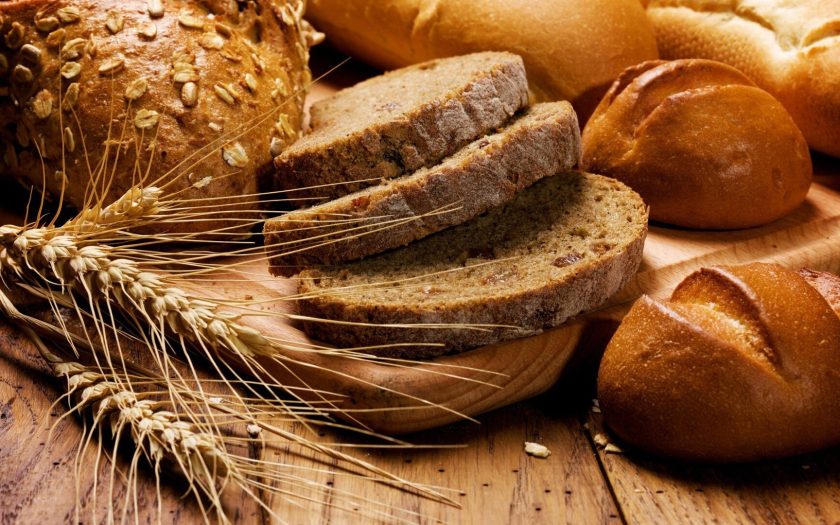Since ancient times, people have eaten bread; moreover, many people still eat bread every day. So why do some believe that eating bread is harmful?
Long ago, bread was baked from sourdough made from hop cones. Such bread was very tasty for a long time. And people cooked it, as a rule, a lot.
But a few decades ago, thermophilic yeast was discovered. Due to its great similarity and suitability for baking, it has become more economically profitable. Many people do not even remember bread made from hop sourdough, and are used to the fact that in just a day or two, the bread becomes stale and not tasty, and quickly becomes moldy. Such bread is a source of disease, but not health.
Most people, when buying bread made with thermophilic yeast, do not know how long and how much it can be eaten. In fact, bread made from thermophilic yeast can be eaten several pieces a day and no longer than a few days after the date of manufacture. After this period, harmful bacteria and fungi multiply in the bread, which can cause a weakening of immunity in a large number of people, which in turn leads to a higher risk of mortality from cancer, which ranks second in the ranking of the causes of death of the planet’s population (in first place cardiovascular diseases).
For three years, a scientist from France, Elton Wolf, studied a malignant tumor and the effect of a fungal extract on it. It turned out that under the influence of this solution; malignant tumors could double or triple in size in just one week. And the scientist also found out that if you remove the fungi from the solution, the tumor quickly shrinks. Therefore, there is a theory that fungi that develop in moldy bread contain substances that contribute to the development of cancerous tumors.
Having entered the human body, fungi continue to multiply and destroy the intestinal flora. These organisms destroy unprotected body cells, releasing poisonous substances. They easily penetrate through the walls of the intestine directly into the blood, multiplying at a very high speed. They disrupt the activity of digestive organs: stomach, liver, gall bladder and pancreas. Processes occur in the intestines that make it difficult to remove toxins, and a person develops bloating and abdominal pain. In general, digestive processes function improperly.
What happens next to the body?
Normally, the Diaphragm (the body’s main respiratory muscle) contracts and massages the abdominal cavity. It creates pressure in the chest so that blood flows from the lower and upper extremities and is cleared in the lungs. But due to the changes described above, the diaphragm is not able to make full amplitude and takes the wrong position.
Therefore, eat only high-quality and fresh bread. And also remember that it contains a lot of simple carbohydrates, so it cannot be consumed a lot by people with diabetes. Also, such patients need to take into account how much bread they ate in order to know what dose of a hypoglycemic drug (for example, Glizide, Glyciphage) to take.

